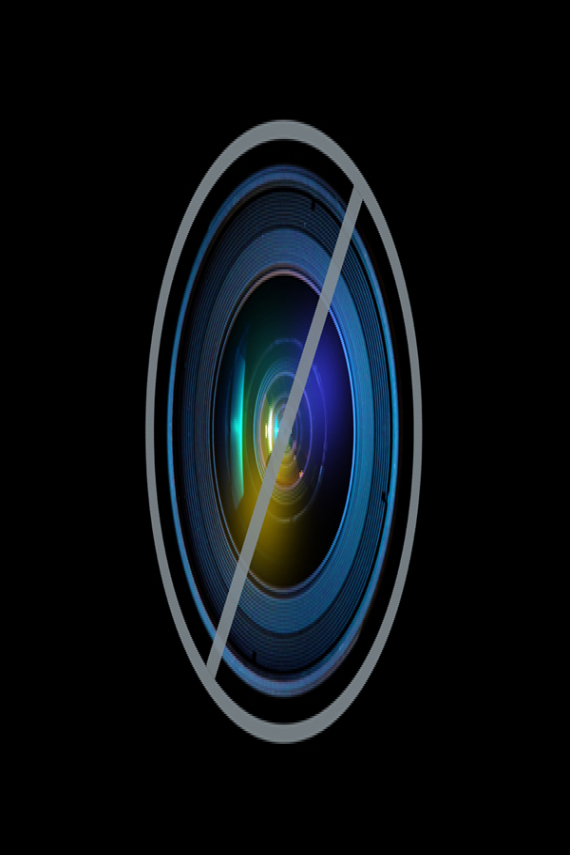
We've sequenced it, modified it for our food, and built billion-dollar companies on it. But until now, no one has ever seen a photograph of it.
"It," of course, is our genetic code, stored along strands of DNA and structured in a double helix.
In 1953, when James Watson and Francis Crick first devised DNA's famous shape, they relied heavily on theory, intuition, and "Photo 51," a vague image of DNA produced by x-ray diffraction.
X-ray based imaging has improved over the years, yielding clearer and clearer visualizations, but as The Atlantic points out, the technique relies on diffracted light. As such, the images of DNA it produces aren't actually photographs but more of a rendering.
Now, for the first time, humans have captured direct photos of DNA. Discovery News reports Enzo di Fabrizio, a researcher at the University of Genoa, Italy, has developed a technique that pulls strands of DNA between two miniscule silicone pillars, then photographs them via an electron microscope.
At this point, New Scientist notes, the technique actually photographs seven strands of DNA wrapped into what's referred to as a "cord." That's because the electrons emitted by the microscope are too powerful to take a picture of a single strand without destroying it.
Di Fabrizio explains that problem could likely be solved by using a lower-power electron scope: "With improved sample preparation and better imaging resolution, we could directly observe DNA at the level of single bases."
DNA, photographed for the first time [via ACS Publications]:

[h/t: i09]










